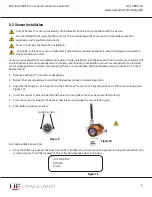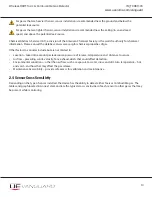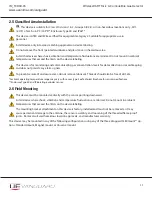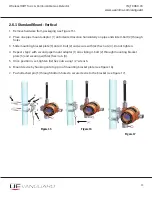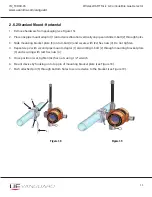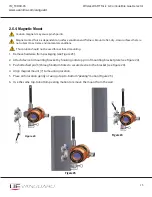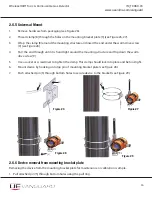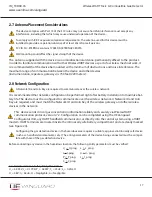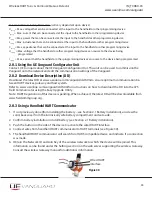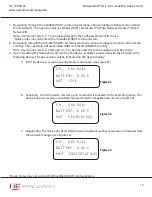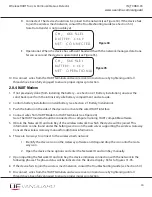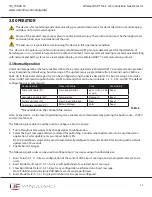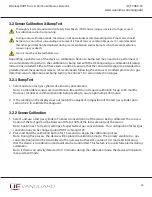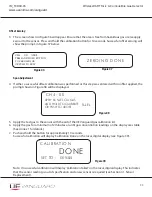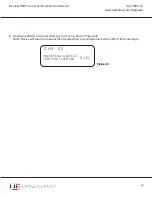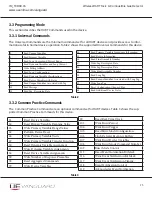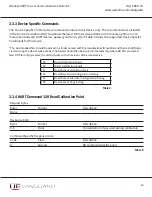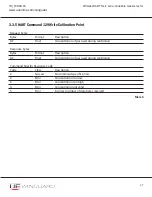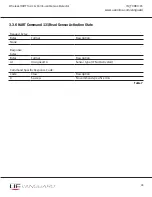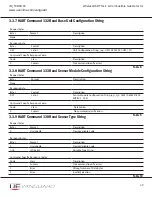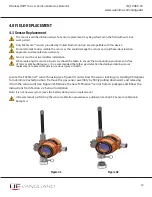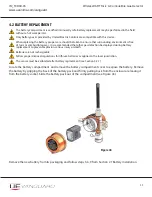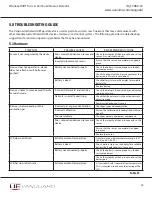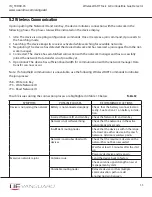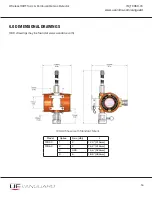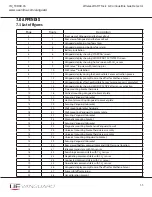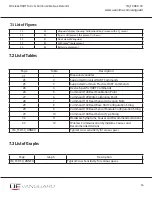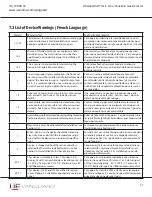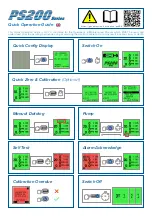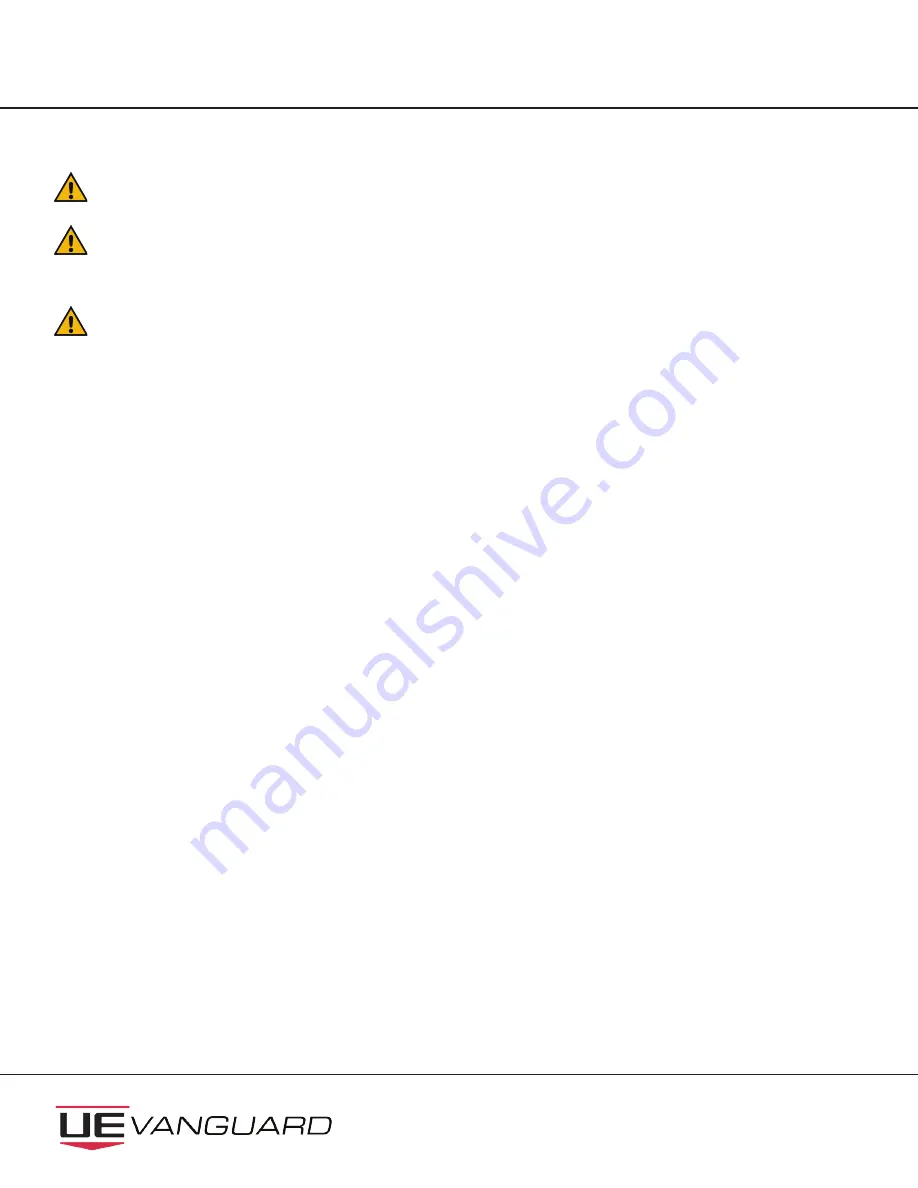
WirelessHART Toxic & Combustible Gas Detector
IM_TCD60-01
www.ueonline.com/vanguard
22
3.2 Sensor Calibration & Bump Test
Thoroughly read and understand all Safety Data Sheets (SDS) and warnings associated with gases used
for calibration and/or bump testing.
During sensor calibration mode, the device is not operational or communicating data. Proper care should
be taken to ensure that surrounding environment is free of toxic or combustible gases. It is recommended
that other gas detection be deployed during sensor calibration and/or bump testing to prevent explosion,
serious injury or death.
Sensors must be activated before use.
Depending upon the use of the device, a calibration check or a bump test may need to be performed. It
is recommeneded to perform the calibration or bump test with the UE Vanguard gas calibration kit (setup
instructions included). Either of these tests are done to ensure that the sensor will respond as intended to a
predetermined, measured gas release. UE recommends following the end user's standard practices for gas
detection sensor calibration and bump testing. See Annex 1 for sensor detection ranges.
3.2.1 Bump Test
1. Select and use a test gas cylinder of a known concentration.
Note: Combustible sensors are maintenance-free and do not require calibration for up to 30 months.
However, UE does recommend periodic bump testing to assure optimum performance.
2. If the reading on the display does not match the analytical composition of the test gas cylinder go to
section 3.2.2 to calibrate the Vanguard.
3.2.2 Sensor Calibration
1. Select and use a test gas cylinder of a known concentration of the sensor being calibrated. The concen-
tration of the test gas must be between 10% to 100% of the full scale range of the sensor.
Note: See Annex 1 for factory settings of expected test gas concentration. This configuration for test gas
concentration can be changed using HART command 129.
2. Press and hold the calibration button for 10 seconds to begin the calibration process.
Note: During this process, the device will be placed in calibration mode. The primary variable (i.e., gas
concentration) will still be transmitted to the gateway but fixed at a value of 0. A mode bit indicating
that the device is in calibration mode will also be transmitted. This feature is to avoid false alarms during
calibration.
Note: If there is no activity detected for 10 minutes during the calibration mode, the device will return to
measurement mode.

